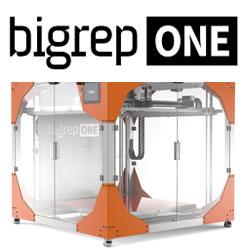Thoughts turn to revolution in Davos
 By Matthew Allen for SWI: Intelligent robots and drones, 3D printers, self-driving vehicles, data mountains, smart production lines, fintech and blockchain – the fourth industrial revolution is here. The World Economic Forum’s (WEF) annual Davos meeting will ponder the potential, limitations and societal impacts of “Industry 4.0”.
By Matthew Allen for SWI: Intelligent robots and drones, 3D printers, self-driving vehicles, data mountains, smart production lines, fintech and blockchain – the fourth industrial revolution is here. The World Economic Forum’s (WEF) annual Davos meeting will ponder the potential, limitations and societal impacts of “Industry 4.0”.
Will the transformation of the workplace create jobs or unemployment? Will it close the gap between industrialised and developing economies, rich and poor - or widen it? For Swiss firms, can the new technological revolution ease the pressures of the strong franc?
Speaking ahead of the annual meeting in Davos, WEF founder Klaus Schwab called on world leaders to revise policies to accommodate the coming changes. “We are not yet sufficiently prepared for this fourth industrial revolution that will come over us like a tsunami and will change whole systems,” he said.
“My fear is that if we are not prepared we will create a world where particularly the middle class is frozen out. That would lead to a new problem of social exclusion that we absolutely have to avoid.” Cont'd...
Featured Product

